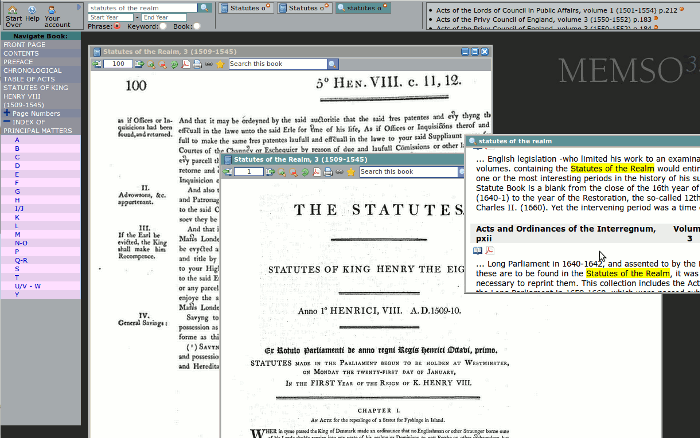I came across this entry detailing the escape of Mary Queen of Scots from Loch Leven Castle in May 1568. Maybe I was a bad historian, but I never knew how it was actually achieved! Nothing like the Venetians for providing a lot of detail ... best calendar series for gossip and unabridged detail!
 |
| A romantic and anachronistic depiction of Mary's escape by Sheriff |
The account is noteable, among other things, for the reliance on the bravery and discretion of a numbe rof young boys and girls, mostly under the age of ten, who were employed as pages and maids at the castle, to sneak the queen out of the gate, and then lock her erstwhile captors in while they fled by boat across the loch.
The Escape of Mary Queen of Scots from Loch Leven Castle as written by Giovanni Correr, Venetian Ambassador in France, 26 May 1568 (CSP Venice, volume 7 (1558-1580), no. 425, pp. 414-417).
A gentleman came from Scotland with confirmation of the Queen’s flight, which took place thus.
The Queen of Scotland was advised by Lord Seton, her most confidential Catholic friend, and a very brave gentleman, by means of a lad in the house who never returned, that he on an appointed day would be with about fifty horsemen at the lake of Lochleven, where the Queen was held prisoner. Seton remained with forty horsemen in the mountains at a short distance, so as not to be discovered by the occupants of the castle in the lake, and the other ten, approaching nearer, entered a village, pretending to be travellers; and one of these men went to the edge of the lake itself, and prostrating himself on the ground, so as not to be seen waited, according to the order given, until the Queen should come forth, as arranged.
Guard was continually kept at the castle gate day and night, except during supper, and the key was always placed on the table where the Governor took his meals, and before him. The Governor is the uterine brother of the Earl of Murray, Regent of Scotland, the Queen’s illegitimate brother and her mortal enemy. The Queen, having attempted to descend from a window unsuccessfully, contrived that a page of the Governor’s, whom she had persuaded to this effect, when carrying a dish, in the evening of the 2nd of May, to the table of his master with a napkin before him, should place the napkin on the key, and in removing the napkin take up the key with it, and carry it away unperceived by anyone.
Having done so, the page then went directly to the Queen, and told her all was ready; and she, having in the meanwhile been attired by the elder of the two maids who waited upon her, took with her by the hand the younger maid, a girl ten years old, and with the page went quietly to the door, and he having opened it, the Queen went out with him and the younger girl, and locked the gate outside with the same key, without which it could not be opened from within.
They then got into a little boat which was kept for the service of the castle, and displaying a white veil of the Queen’s with a red tassel, she made the concerted signal to those who awaited her, that she was approaching. On seeing this, the person stretched on the ground on the bank of the lake arose, and by another signal summoned the horseman from the village, amongst whom a principal person was he [John Beaton] who is now come to give account of these facts to these Majesties [in France], and who is the brother of the Scottish Ambassador here [James Beaton, Bishop of Glasgow]. The horsemen from the mountains being also informed came immediately to the lake, and received the Queen with infinite joy, and having placed her on horseback with the page and the girl, they conveyed her to the sea coast, at a distance of five miles from thence, because to proceed by land to the place which had been designated appeared manifestly too dangerous.
 |
| Looking across to Loch Leven Castle, with the Ochil Hills behind |
... With regard to her flight, it is judged here, by those who know the site, and how strictly she was guarded, that her escape was most miraculous, most especially having been contrived by two lads, under ten years of age, who could not be presupposed to have the requisite judgment and secrecy. To the greater satisfaction with the result may be added, that the inmates of Lochleven Castle perceived the flight; but being shut up within it, and thus made prisoners, they had to take patience, and to witness the Queen’s escape, while they remained at the windows of the castle.
All having embarked, the Queen was conducted to Niddry, a place belonging to Lord Seton, and from thence to Hamilton, a castle of the Duke of Chatelherault , where his brother, the Archbishop of St Andrews, with other principal personages of those parts, acknowledged her as Queen.
... All Scotland is in motion, some declaring for the Queen, and some against her for the Earl of Murray.
And so the Marian Civil Wars officially began.
[Public domain images from Wikipedia.]

